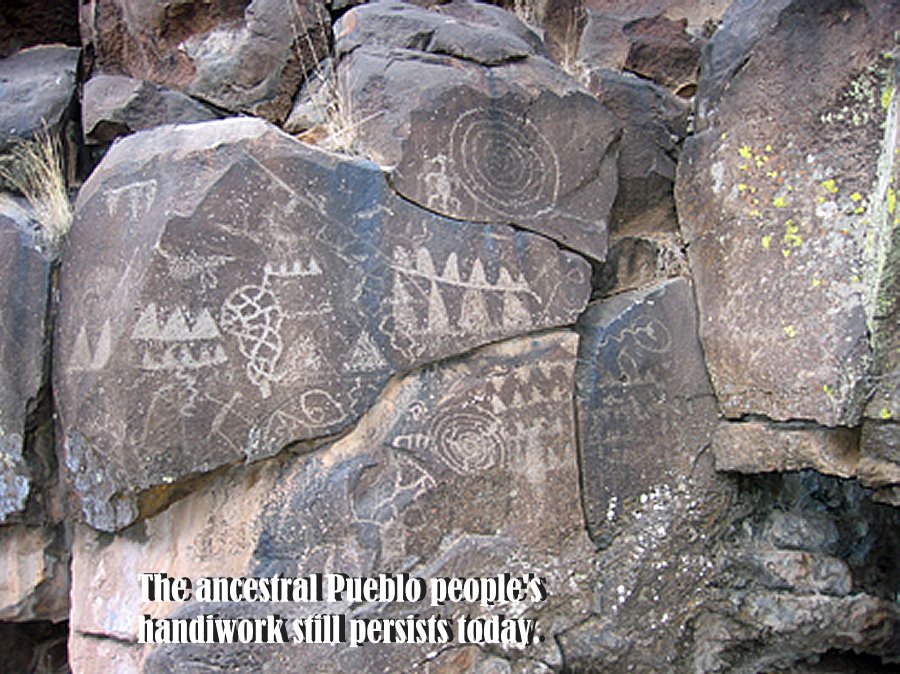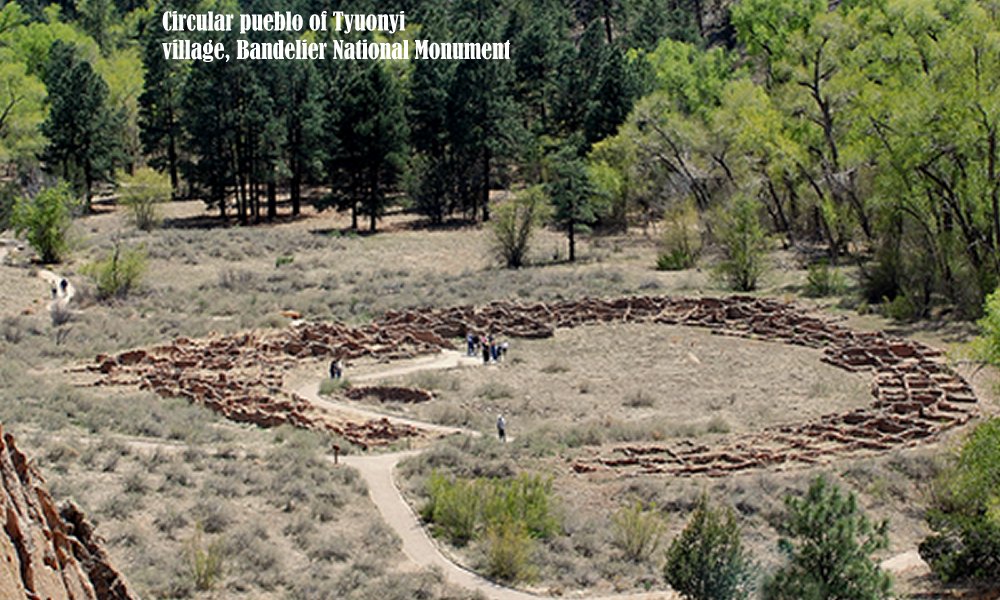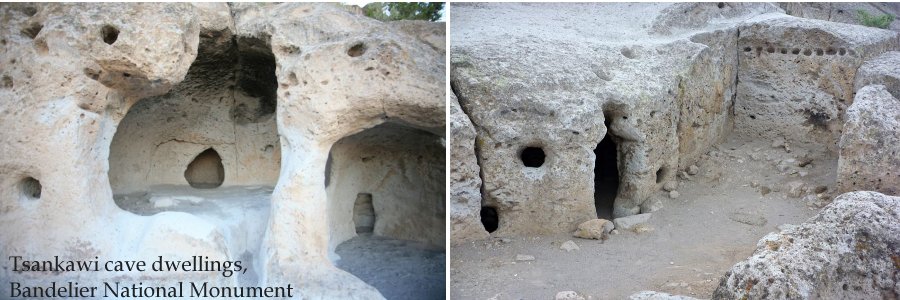Bandelier National Monument: Unusual Ancient Ruins Of Pueblo People In The Southwest
A.Sutherland - AncientPages.com - Bandelier National Monument is an archaeological area (50 square miles (130 km2) of the Pajarito Plateau, in the Jemez Mountains and 20 miles west of Santa Fe, in north-central New Mexico, U.S.
“Spiritually, our ancestors still live here at Bandelier. You see reminders of their presence here- the homes, the kivas, and their petroglyphs. As you walk in their footstep, value the earth beneath you and show everything the same respect we do when we re-visit this sacred place," according to Pueblo people.
At Bandelier in New Mexico, there are relics of Native American activity that date back 11,000 years.
The most recognizable signs, however, are the remains of ancestral Pueblo settlements scattered throughout the park and its surrounding area.
From 1100-1550 AD, Bandelier was occupied by the Ancestral Pueblo people who began to build more permanent settlements within Bandelier’s area of 32,000 acres.
The ancestral Pueblo people first arrived in the Pajarito Plateau (home of present-day Bandelier) and settled in the canyons and mesas.

Rooms, alcoves, windows, viga holes, and caves (left); the Reproduction ladder used to access one of the cliff dwellings (right). Credits: Americansouthwest.net
They built ‘cavates’, cave dwellings carved directly into the cliffs, which are still found in canyons across the plateau; they housed families for hundreds of years.
One of the largest and best-preserved settlements is called Tyuonyi, which lies in Frijoles Canyon. It was once a circular pueblo house that probably stood three stories tall and contained more than 400 rooms.
Except for the prehistoric ruins of dwellings, open pueblos of pre-Columbian Indians, there are the Pajarito Plateau’s fascinating petroglyphs and pictographs carved into the cliffs and standing masonry walls.
There was no written language among the Puebloan people. Therefore, we can only speculate about what the people were trying to say through their rock art. Some of the meanings of the figures are known among modern-day Indians and are of great importance to them.
Among the petroglyphs are figures of people, animals, birds, lightning, and other various shapes. These drawings probably have deep cultural and religious significance for the societies that created them.
However, the true meaning of these images should not be shared, according to Native people's beliefs.
The petroglyphs in the Tsankawi section of the park were carved by ancient Puebloans, the ancestors of modern-day Native American pueblos of northern New Mexico and they have an important meaning.
They pay tribute to the early days of a culture long gone that still survives in the surrounding communities located among mountains rising to 10,200 feet.
Bandelier National Monument is named for the Swiss American archaeologist, ethnologist, and traveler, Adolph F. A. Bandelier. This great researcher conducted research in the Southwest for about a decade and lived among the Pueblo Indians in Frijoles Canyon (‘Rito de Los Frijoles’).
Much of what we know today about the life of these Indians is based on Bandelier’s research.
Bandelier died in Spain but his ashes were spread in the canyon in 1980.
Written by – A. Sutherland - AncientPages.com Senior Staff Writer
Copyright © AncientPages.com All rights reserved. This material may not be published, broadcast, rewritten or redistributed in whole or part without the express written permission of AncientPages.com
Expand for referencesMore From Ancient Pages
-
 Oldest Cyrillic Inscriptions Dated To The Time Of King Simeon the Great – Discovered
Archaeology | May 3, 2023
Oldest Cyrillic Inscriptions Dated To The Time Of King Simeon the Great – Discovered
Archaeology | May 3, 2023 -
 Mysterious Ancient Underground Chambers Beneath Jerusalem Baffle Archaeologists
Archaeology | Jul 6, 2020
Mysterious Ancient Underground Chambers Beneath Jerusalem Baffle Archaeologists
Archaeology | Jul 6, 2020 -
 Orang Bunian: Mysterious Invisible Whistle People Living In Forests In Malay Folklore
Featured Stories | Jul 15, 2016
Orang Bunian: Mysterious Invisible Whistle People Living In Forests In Malay Folklore
Featured Stories | Jul 15, 2016 -
 Rock-Cut Tomb Of Pennut, Viceroy Of Nubia Under Reign Of Ramses VI
Civilizations | Dec 7, 2018
Rock-Cut Tomb Of Pennut, Viceroy Of Nubia Under Reign Of Ramses VI
Civilizations | Dec 7, 2018 -
 Bog Body Of The Elling Woman: Was She Sacrificed To The Gods Because Of Climate Change?
Civilizations | Mar 25, 2017
Bog Body Of The Elling Woman: Was She Sacrificed To The Gods Because Of Climate Change?
Civilizations | Mar 25, 2017 -
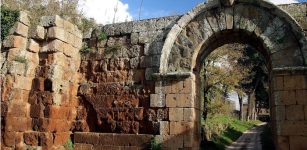 New Clues About The Fascinating Ancient Roman City Falerii Novi Revealed By Scientists
Archaeology | Sep 13, 2022
New Clues About The Fascinating Ancient Roman City Falerii Novi Revealed By Scientists
Archaeology | Sep 13, 2022 -
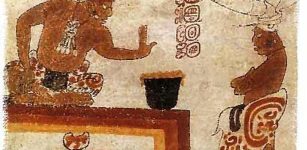 Ancient Maya Sacred Groves Of Cacao Trees – Located
Archaeology | Jan 31, 2022
Ancient Maya Sacred Groves Of Cacao Trees – Located
Archaeology | Jan 31, 2022 -
 Cretaceous Fossil From Antarctica Reveals Earliest Modern Bird
Fossils | Mar 6, 2025
Cretaceous Fossil From Antarctica Reveals Earliest Modern Bird
Fossils | Mar 6, 2025 -
 3,000-Year-Old Wooden Structure Found In Hittite Tunnel Mentioned On Cuneiform Tablets
Archaeology | Sep 2, 2023
3,000-Year-Old Wooden Structure Found In Hittite Tunnel Mentioned On Cuneiform Tablets
Archaeology | Sep 2, 2023 -
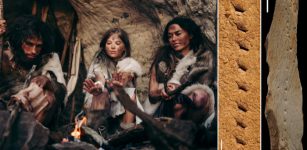 Evidence Europeans Made Leather Clothing 40,000 Years Ago – New Study
Archaeology | Apr 17, 2023
Evidence Europeans Made Leather Clothing 40,000 Years Ago – New Study
Archaeology | Apr 17, 2023 -
 Secret Ancient Knowledge Of Venus – Controversial Theory And Surprising Discovery – Part 1
Ancient Mysteries | Jun 30, 2018
Secret Ancient Knowledge Of Venus – Controversial Theory And Surprising Discovery – Part 1
Ancient Mysteries | Jun 30, 2018 -
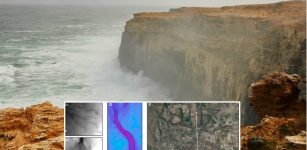 Large Underwater Site That Was Home To 500,000 People About 14,000 Years Ago Identified Northwest Of Australia
Earth Changes | Jan 17, 2024
Large Underwater Site That Was Home To 500,000 People About 14,000 Years Ago Identified Northwest Of Australia
Earth Changes | Jan 17, 2024 -
 Longvek – Ancient Historical City That Sheds Light On Cambodia’s ‘Dark Age’
Archaeology | Jan 13, 2016
Longvek – Ancient Historical City That Sheds Light On Cambodia’s ‘Dark Age’
Archaeology | Jan 13, 2016 -
 On This Day In History: Leon Trotsky Was Assassinated – On August 20, 1940
News | Aug 20, 2016
On This Day In History: Leon Trotsky Was Assassinated – On August 20, 1940
News | Aug 20, 2016 -
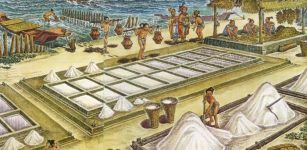 Salt Workers’ Residences At Underwater Maya Site – Identified
Archaeology | Nov 22, 2021
Salt Workers’ Residences At Underwater Maya Site – Identified
Archaeology | Nov 22, 2021 -
 Madame de Pompadour – Powerful And Hated Mistress – Sex, Manipulation And Intrigue In Versailles
Featured Stories | Jul 12, 2018
Madame de Pompadour – Powerful And Hated Mistress – Sex, Manipulation And Intrigue In Versailles
Featured Stories | Jul 12, 2018 -
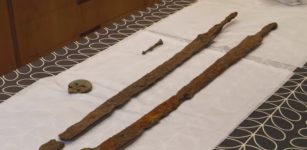 Unique Ancient Roman Cavalry Swords Found In Cotswolds, UK
Archaeology | Sep 18, 2023
Unique Ancient Roman Cavalry Swords Found In Cotswolds, UK
Archaeology | Sep 18, 2023 -
 Rare Ancient Clothes And Shoes Found Under The Ice At The Lost Lendbreen Mountain Pass
Featured Stories | Feb 9, 2023
Rare Ancient Clothes And Shoes Found Under The Ice At The Lost Lendbreen Mountain Pass
Featured Stories | Feb 9, 2023 -
 Elysian Fields: Mysterious Resting Place For Heroic And Virtuous Souls In Greek Ancient Beliefs
Featured Stories | Feb 20, 2020
Elysian Fields: Mysterious Resting Place For Heroic And Virtuous Souls In Greek Ancient Beliefs
Featured Stories | Feb 20, 2020 -
 Sculpture Of Lord Vishnu Dated To The Early 9th Century Found In Kashmir
Archaeology | Aug 4, 2022
Sculpture Of Lord Vishnu Dated To The Early 9th Century Found In Kashmir
Archaeology | Aug 4, 2022



